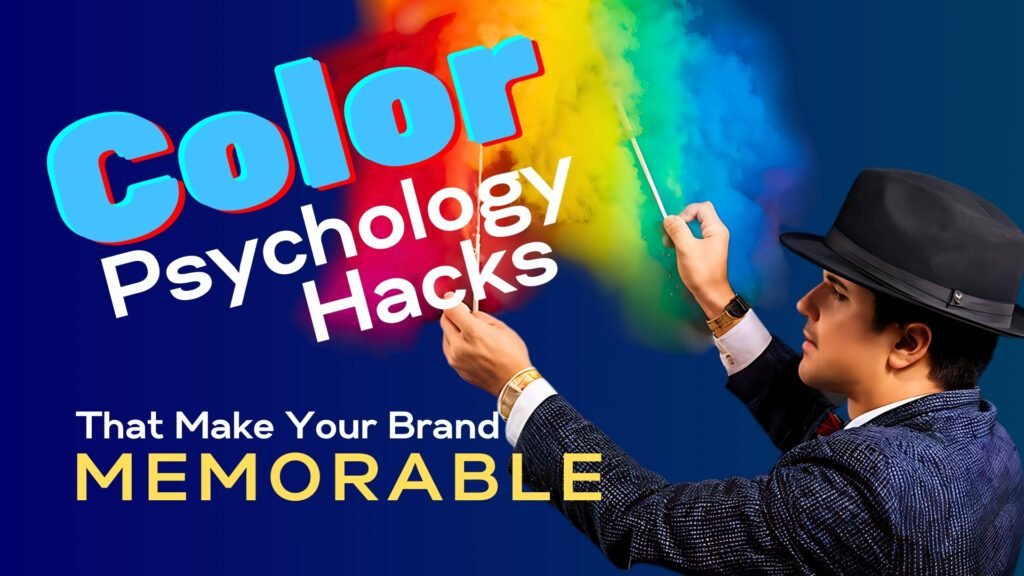Ignite Interest with Compelling Cover Art
In an age where attention spans are shrinking and content is abundant, creating cover art that piques curiosity is more important than ever. Whether it’s for a book, a podcast, a social media post, or an online course, your cover art is often the first interaction potential audiences have with your content. Done right, it can be the difference between a scroll past and a click-through.
The Power of First Impressions
The adage “don’t judge a book by its cover” doesn’t hold in the digital world. Here, people are judging everything by its cover—literally. The visual appeal of your cover art is your first opportunity to make an impression. But more than just being aesthetically pleasing, it must intrigue. It should whisper, “There’s something interesting here,” compelling the viewer to want to know more. This is the art of curiosity, where design meets psychology.
Telling a Story Without Words
Great cover art doesn’t just represent the content; it tells a story on its own. It gives hints and subtle cues that stir the viewer’s imagination. Consider the iconic cover of The Great Gatsby. The piercing eyes and enigmatic expression invite curiosity, reflecting the mystery and drama within the story. Similarly, your cover art should encapsulate the essence of your content while leaving enough unsaid to provoke thought.
Striking the Balance Between Clarity and Mystery
While it’s essential to capture the essence of your content, revealing too much can diminish curiosity. The key is to strike a balance between clarity and mystery. You want to give enough information to let the viewer know what they’re getting into, but leave enough unanswered questions to make them want to explore further.
For example, a podcast cover art might feature a close-up of a microphone, signifying that it’s audio content, but with a shadowy figure in the background, hinting at mystery or storytelling. The viewer is drawn in, intrigued by what they can’t quite see or understand yet.
Utilizing Color and Composition
Color and composition are powerful tools in the art of curiosity. Colors evoke emotions and can set the tone for your content. A bold, contrasting palette might suggest excitement or urgency, while softer tones can evoke calm or introspection. However, the choice of color should align with the message you want to convey, subtly guiding the viewer’s emotional response.
Composition, on the other hand, is about how elements are arranged within the cover. Symmetry can create a sense of balance and harmony, while asymmetry can introduce tension and intrigue. Strategic use of space—where elements are placed, what’s emphasized, and what’s left in the shadows—can all work together to create a compelling narrative that invites curiosity.
Creating a Lasting Impression
Ultimately, the goal of compelling cover art is not just to attract a glance, but to linger in the viewer’s mind long after. When curiosity is sparked, it leaves an imprint, making your content memorable. This lasting impression is what drives engagement, whether it’s clicking to learn more, purchasing a product, or subscribing to a channel.
Final Thoughts
The art of curiosity is a subtle dance between revealing and concealing, guiding your audience just enough to stir their interest, but leaving them wanting more. In a world inundated with content, compelling cover art that intrigues and invites exploration is a powerful tool to set yourself apart. By mastering this art, you not only capture attention but also build a deeper connection with your audience—one that begins with a spark of curiosity and grows into lasting engagement.



